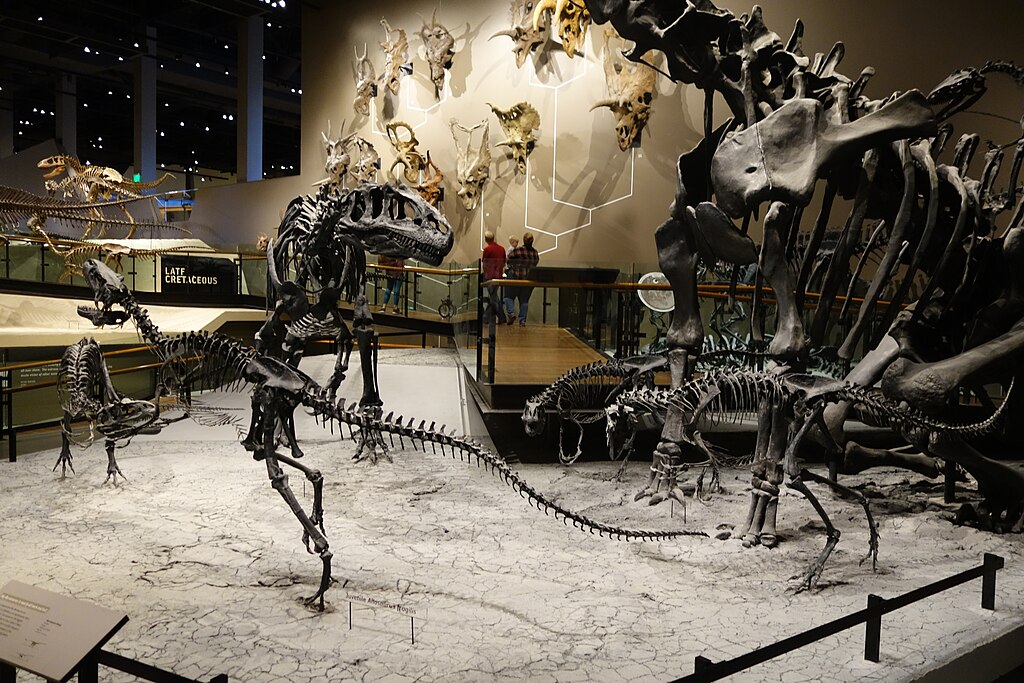From humble beginnings to apex predators, the evolutionary journey of raptors represents one of nature’s most fascinating transformations. The story of how small, seemingly unremarkable theropod dinosaurs evolved into the formidable hunters we know as raptors spans millions of years of adaptation and specialization. This remarkable transition wasn’t just about increasing size—it involved precise modifications in anatomy, hunting strategies, and ecological roles that would eventually produce some of the most efficient predators ever to walk the Earth. Let’s explore the evolutionary path that turned modest theropods into the swift, intelligent “terrible claws” that have captured our imagination since their discovery.
The Theropod Family Tree: Origins of the Raptor Lineage

Raptors, formally known as dromaeosaurids, belong to the larger theropod group—bipedal, primarily carnivorous dinosaurs that include the mighty Tyrannosaurus rex and modern birds. The theropod lineage first appeared during the Late Triassic period, approximately 231 million years ago, with early members being relatively small predators generally less than two meters long. These early theropods already possessed the basic body plan that would later evolve into the raptor form: bipedal stance, three-toed feet, and relatively lightweight construction. The specific branch that would eventually lead to dromaeosaurids diverged from other theropods during the Middle Jurassic period, roughly 170-160 million years ago, setting the stage for the specialized adaptations that would define true raptors. This evolutionary branch, known as Paraves, includes dromaeosaurids, troodontids, and avialans (the group that includes modern birds).
Size Matters: The Evolutionary Logic Behind Raptor Dimensions

Contrary to popular perception fueled by films like “Jurassic Park,” most dromaeosaurids were not enormous beasts but rather small to medium-sized predators. Early members of the raptor family were typically under a meter in length, with their evolutionary path not necessarily trending toward gigantism. This size range offered specific evolutionary advantages, allowing these predators to occupy ecological niches that larger theropods could not effectively exploit. Their relatively small size enabled greater agility, faster acceleration, and the ability to pursue prey through dense vegetation or confined spaces. Species like Microraptor were barely the size of modern crows, while the famous Velociraptor stood roughly hip-high to an adult human. Even the largest known dromaeosaurid, Utahraptor, reached only about 6 meters in length—impressive, but still significantly smaller than apex predators like Tyrannosaurus. This size diversity reflects the group’s evolutionary success in adapting to various predatory strategies and ecological opportunities.
The Signature Sickle Claw: Evolution of a Deadly Weapon
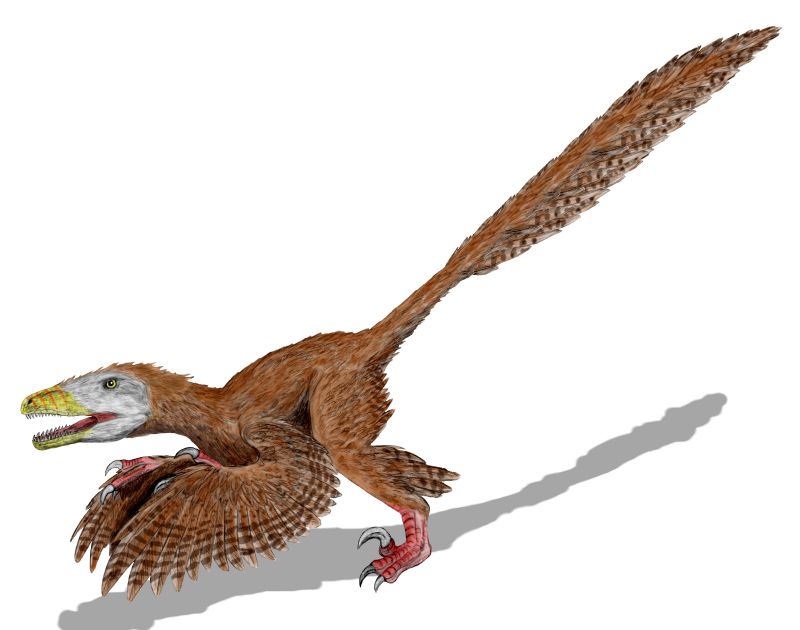
Perhaps the most distinctive feature of dromaeosaurids is their enlarged, sickle-shaped claw on the second toe of each foot—the adaptation that earned them the “raptor” nickname (from the Latin word “raptor” meaning “thief” or “plunderer”). This specialized claw didn’t appear suddenly but evolved gradually from more typical theropod claws. Early paravians already showed enlargement of this second toe claw, but dromaeosaurids took this adaptation to remarkable extremes. The claw’s distinctive curved shape developed in conjunction with specialized toe joints that allowed it to be held in a raised position while running, keeping it sharp and ready for deployment during attacks. Biomechanical studies suggest these claws weren’t primarily slashing weapons as once thought, but rather hooking devices used to pierce and grip struggling prey while the raptor’s weight pinned the victim down. This lethal adaptation required corresponding muscular development in the legs and a specialized tendon system to deploy the claw with maximum force—a comprehensive evolutionary package that transformed these dinosaurs into precision killing machines.
Feathered Predators: The Rise of Plumage Among Raptors

One of the most revolutionary discoveries in paleontology over the past few decades has been the confirmation that many theropods, including dromaeosaurids, possessed feathers. This feature was not a late addition to the raptor lineage but was present from its earliest members, inherited from their theropod ancestors. Exceptionally preserved fossils from China’s Liaoning Province have revealed elaborate feather arrangements on dromaeosaurids like Microraptor and Sinornithosaurus, complete with structures virtually identical to the flight feathers of modern birds. These feathers likely served multiple functions before being co-opted for flight in the avian lineage. They provided insulation, helping these active predators maintain high metabolic rates and potentially endothermic (warm-blooded) physiologies. In some species, elaborate feather displays on the arms, legs, and tail may have played roles in mating displays, species recognition, or intimidation displays. The presence of these complex feathers in dromaeosaurids provides compelling evidence for their close evolutionary relationship to birds and challenges our traditional image of dinosaurs as purely scaly creatures.
Brain Power: Cognitive Evolution in the Raptor Lineage

The evolution of raptors wasn’t solely about physical adaptations—significant developments in neurological capacity played a crucial role in their success as predators. Endocasts (models of brain cavities) from dromaeosaurid skulls reveal brain-to-body size ratios significantly higher than in more primitive theropods, suggesting enhanced cognitive abilities. Particularly well-developed were the cerebellum, responsible for motor control and coordination, and the cerebrum, associated with higher cognitive functions. These neurological adaptations likely supported sophisticated hunting behaviors requiring precise timing, spatial awareness, and possibly even coordinated pack hunting in some species. The enlarged optic lobes indicate enhanced visual processing—essential for tracking fast-moving prey. Troodontids, close relatives of dromaeosaurids, had among the highest brain-to-body ratios of any dinosaur group, approaching those of modern birds. This neurological evolution represents a critical component of what made raptors such formidable predators: not just their physical weapons, but their enhanced capacity to deploy those weapons with precision, timing, and potentially complex hunting strategies.
Hands as Hunting Tools: The Evolution of Grasping Forelimbs
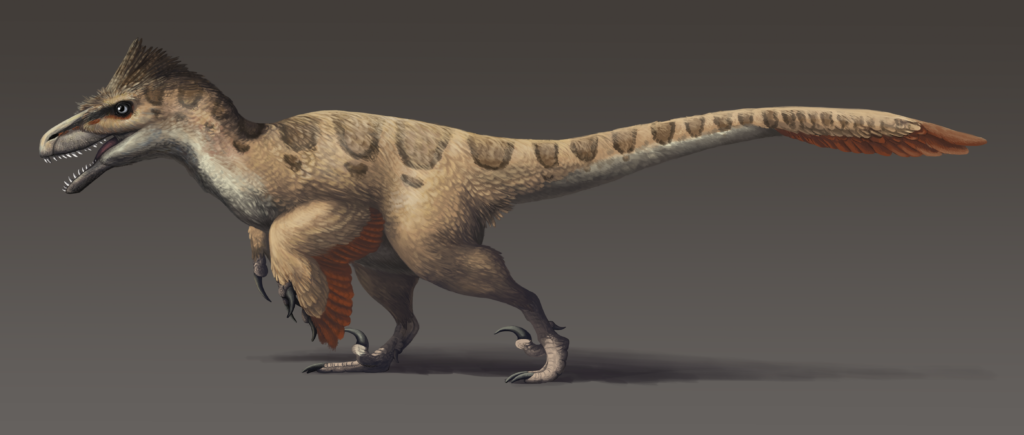
The evolution of specialized forelimbs represents another crucial adaptation in the theropod-to-raptor transformation. Unlike many larger theropods whose arms became reduced (most famously in Tyrannosaurus), dromaeosaurids retained elongated, powerful forelimbs ending in three fingers equipped with sharp, curved claws. These arms evolved increasing dexterity, with a wide range of motion at the shoulder and specialized wrist joints that allowed the hands to swivel and grasp. The semi-opposable first digit functioned somewhat like a thumb, creating an effective grasping mechanism. Muscle attachment sites on raptor arm bones indicate substantial strength, particularly in motions involving pulling prey toward the body. These adaptations suggest a hunting strategy where the arms played a vital role in capturing and controlling struggling prey while the powerful jaws and feet delivered killing blows. In smaller dromaeosaurids, these forelimbs may have retained some climbing capabilities, potentially allowing them to pursue prey into trees or escape larger predators—a behavioral flexibility that would have expanded their ecological opportunities compared to larger, ground-bound theropods.
Speed and Agility: Locomotor Adaptations
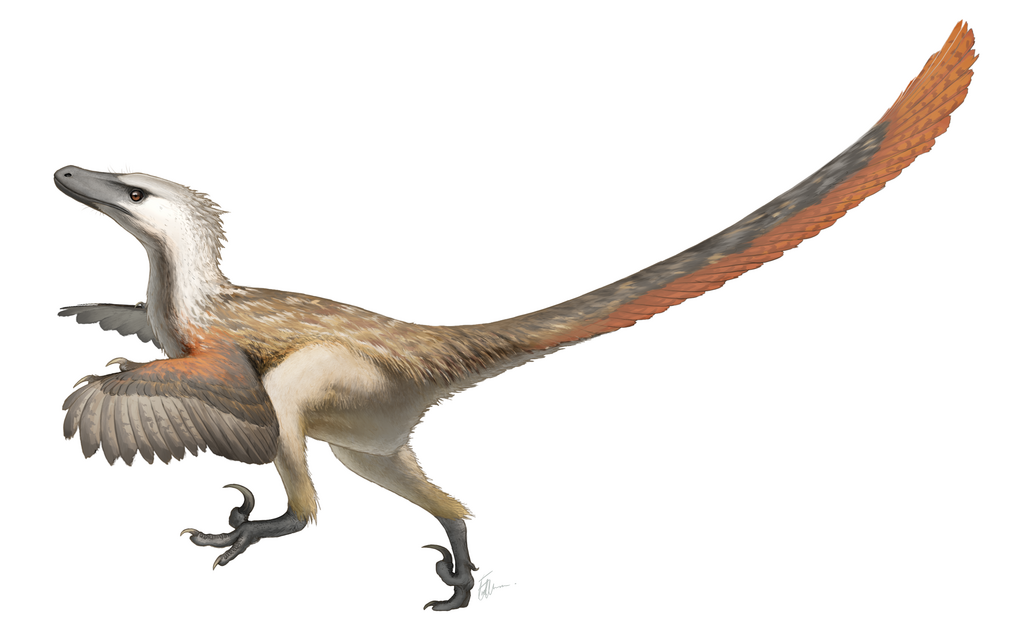
The evolution of enhanced speed and agility represents one of the most significant developments in the theropod-to-raptor transition. Dromaeosaurids evolved a suite of skeletal modifications optimized for rapid, agile movement, including lightweight, hollow bones that reduced overall mass while maintaining structural strength. Their leg proportions shifted toward longer, more slender limbs with reduced weight at the extremities—a classic adaptation for increasing stride length and reducing the energy cost of rapid locomotion. The distinctive stiffened tail, reinforced by elongated bony processes that interlocked the vertebrae, acted as a counterbalance during rapid turns and direction changes, essentially functioning as a dynamic stabilizer. Muscle attachment sites on their pelvic and limb bones indicate powerful leg musculature capable of generating significant acceleration and maintaining high speeds. These adaptations collectively created predators capable of explosive bursts of speed, tight cornering, and sustained pursuit—essential for catching agile prey. Some estimates suggest medium-sized dromaeosaurids like Velociraptor could reach speeds of 30-40 mph during short sprints, making them among the fastest non-avian dinosaurs.
Group Dynamics: The Evolution of Social Behavior

Evidence suggests that at least some dromaeosaurids may have evolved complex social behaviors, potentially including coordinated hunting strategies. Multiple specimens of certain species discovered in close proximity might indicate that they lived and potentially hunted in groups. The famous “fighting dinosaurs” fossil, showing a Velociraptor locked in combat with a Protoceratops, demonstrates the challenges faced by medium-sized raptors attacking large prey—challenges potentially overcome through pack hunting. Their enhanced brain capacity would have supported the social intelligence necessary for coordinated predatory behavior. The potential for such behavior is further supported by comparisons with modern predators displaying similar anatomical adaptations, such as wolves and hunting birds, which often employ group tactics. The evolutionary pathway to such behavior likely began with loose associations for mutual protection, gradually developing into more coordinated social structures as the benefits of cooperative hunting emerged. However, it’s important to note that not all dromaeosaurids necessarily exhibited such behavior—social hunting would have provided advantages for taking down larger prey, but solitary hunting might have been more efficient for pursuing smaller quarry.
Ecological Opportunism: Filling Predatory Niches
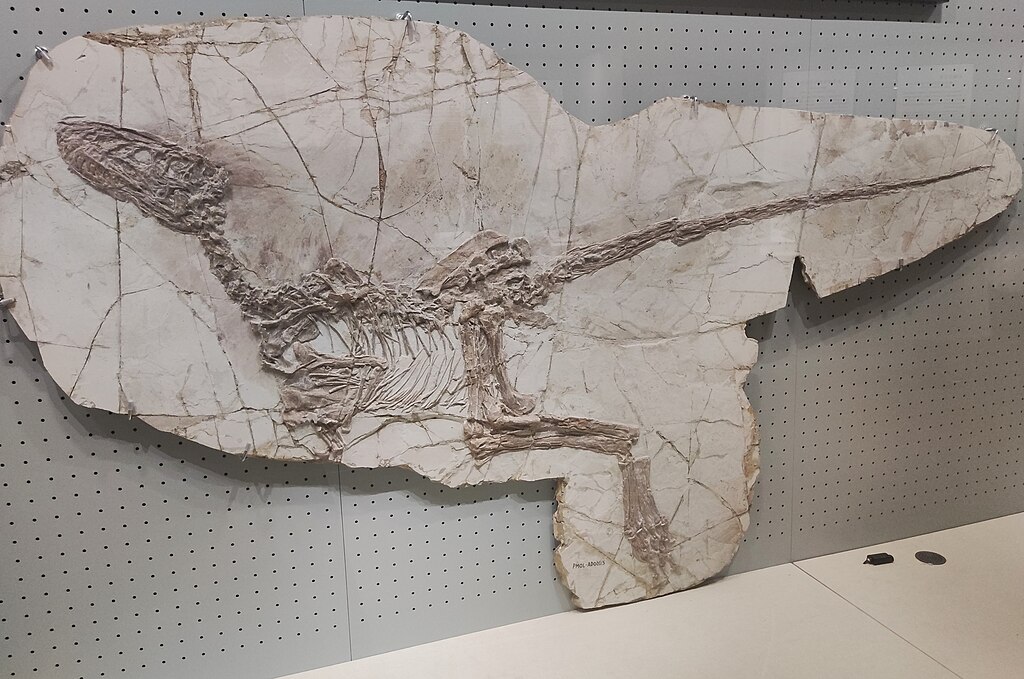
The evolutionary success of dromaeosaurids stemmed partly from their ability to exploit ecological niches unavailable to larger theropods. Their relatively small to medium size allowed them to pursue prey in environments where larger predators couldn’t effectively operate, such as dense forests, undergrowth, or complex terrain. This ecological flexibility permitted dromaeosaurids to thrive alongside larger predators by targeting different prey or hunting in different habitats, reducing direct competition. Their specialized adaptations created hunting efficiency that made them formidable despite their size—pound for pound, dromaeosaurids were among the most dangerous predators in their ecosystems. Evidence suggests they could target prey significantly larger than themselves, particularly when hunting in groups. The global distribution of dromaeosaurid fossils, found on multiple continents, demonstrates their evolutionary success in adapting to various environments from coastal plains to inland forests. This ecological versatility contributed significantly to their approximately 100-million-year tenure as successful predators across the Late Jurassic and Cretaceous periods until their extinction alongside other non-avian dinosaurs.
Convergent Evolution: Similar Adaptations in Different Lineages
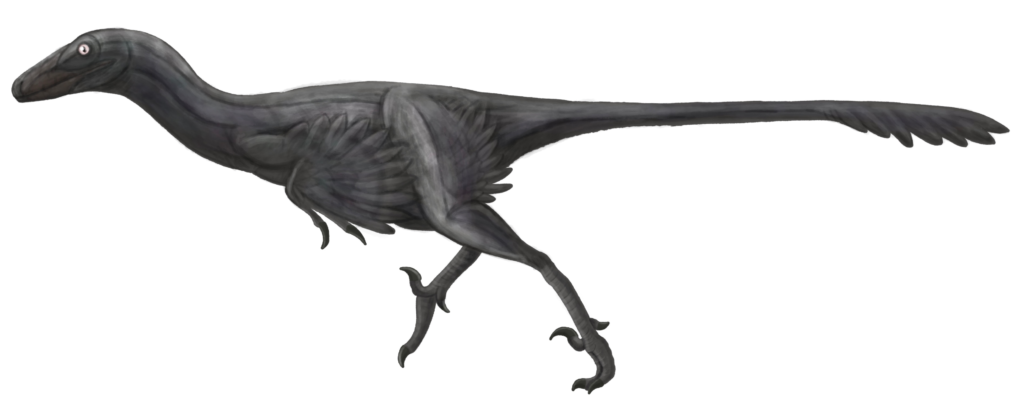
The raptor body plan proved so effective that elements of it evolved independently in multiple theropod lineages, demonstrating classic convergent evolution. For example, troodontids developed many features strikingly similar to dromaeosaurids, including the enlarged sickle claw, despite being a separate evolutionary branch. Therizinosaurs, despite ultimately evolving into bizarre herbivorous forms, show early members with raptor-like features. Even within the broader dromaeosaurid family, various subgroups independently evolved similar adaptations optimized for their specific habitats and hunting strategies. This pattern of convergent evolution toward raptor-like features suggests that this combination of adaptations represented a particularly effective solution to the challenges of being a mid-sized predator in Mesozoic ecosystems. The repeated evolution of these traits across different lineages provides compelling evidence for their adaptive value. Such evolutionary patterns help paleontologists understand not just the physical characteristics of these animals, but the selective pressures that shaped them—offering insights into ancient ecological relationships that fossil evidence alone might not reveal.
The Bird Connection: Dromaeosaurids and the Origin of Aves
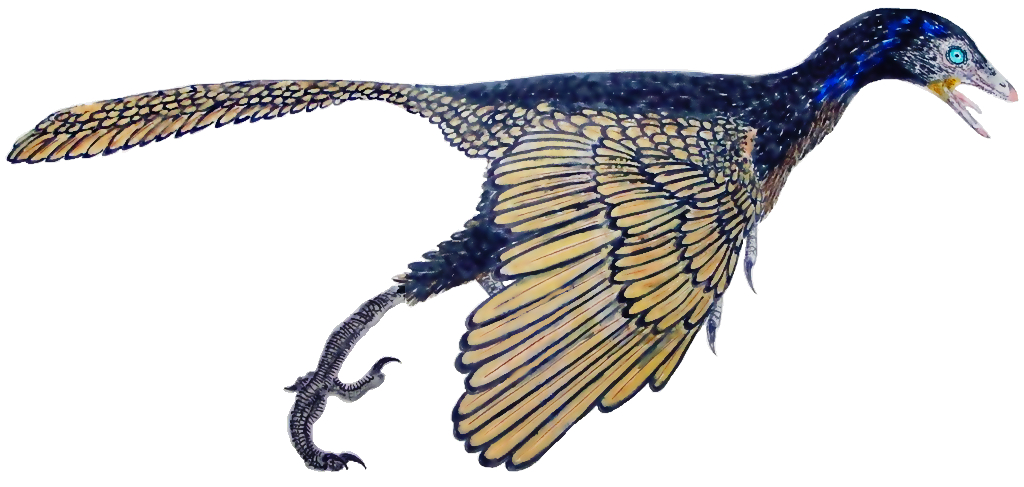
Perhaps the most fascinating aspect of raptor evolution is their close relationship to birds, forming part of the critical transition from dinosaurs to modern avians. Dromaeosaurids share a more recent common ancestor with birds than with most other dinosaur groups, making them members of the clade Paraves alongside early birds. This relationship explains the numerous bird-like features found in dromaeosaurids, including feathers, hollow bones, fused clavicles (equivalent to birds’ wishbones), and specific skull characteristics. The earliest known birds like Archaeopteryx possessed features that would be familiar in dromaeosaurids, including teeth, clawed fingers, and long bony tails—features lost in later avian evolution. While dromaeosaurids themselves weren’t ancestors of birds but rather close cousins, studying their anatomy provides crucial insights into the early stages of bird evolution. The numerous transitional features shared between dromaeosaurids and early birds have helped resolve one of evolutionary biology’s most significant questions: the dinosaurian origin of birds. This relationship means that while the non-avian dromaeosaurids went extinct at the end of the Cretaceous, their evolutionary legacy continues in the approximately 10,000 species of birds alive today.
Key Fossil Discoveries That Illuminated Raptor Evolution
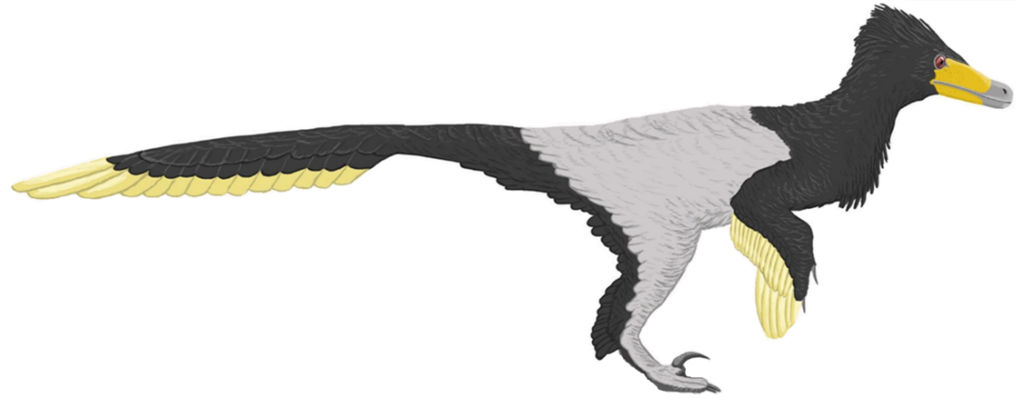
Our understanding of raptor evolution has been revolutionized by several landmark fossil discoveries over the past century. The 1923 discovery of Velociraptor mongoliensis in Mongolia’s Gobi Desert provided the first glimpse of the distinctive dromaeosaurid body plan, though its significance wasn’t fully appreciated until decades later. The 1964 discovery of Deinonychus by paleontologist John Ostrom fundamentally changed scientific understanding of dinosaurs, revealing an active, agile predator that contradicted prevailing views of dinosaurs as sluggish reptiles. The spectacularly preserved feathered dinosaurs from China’s Liaoning Province, beginning with Sinosauropteryx in 1996 and continuing with feathered dromaeosaurids like Microraptor and Sinornithosaurus, provided definitive evidence of feathered non-avian dinosaurs. The 1991 discovery of Utahraptor, the largest known dromaeosaurid, expanded our understanding of the size range within the group. More recent discoveries continue to fill gaps in our knowledge, such as Dakotaraptor (discovered in 2005 but described in 2015), a large dromaeosaurid from North America that helps bridge size gaps in the family. Each of these discoveries has contributed crucial pieces to the puzzle of how small theropods evolved into the sophisticated predators we know as raptors.
Legacy in Modern Ecosystems: The Bird Inheritors

While the non-avian dromaeosaurids perished in the end-Cretaceous extinction event approximately 66 million years ago, their evolutionary legacy continues through birds—the last surviving dinosaur lineage. Many of the adaptations that made raptors such effective predators have been inherited and modified in modern birds of prey. The sharp, curved talons of eagles and hawks serve similar functions to the killing claws of dromaeosaurids, specialized for grasping and piercing prey. The hooked beaks of predatory birds functionally replaced the toothed jaws of their dinosaurian ancestors. Even certain hunting behaviors may represent evolutionary continuity—the way some raptorial birds use their feet to pin down prey while delivering killing blows mirrors the theorized hunting techniques of dromaeosaurids. Birds have further refined many dromaeosaurid adaptations, developing powered flight, higher metabolic rates, and even greater encephalization (relative brain size). Some modern birds show remarkable problem-solving abilities that may have existed in nascent form in their dinosaurian ancestors. Birds of prey like falcons, with their speed, agility, and precision, represent the ultimate refinement of the predatory adaptations that first appeared in the theropod-to-raptor transition, demonstrating how evolutionary innovations can persist and diversify over spans of 100+ million years.
The evolutionary journey from small theropods to specialized dromaeosaurid raptors represents one of nature’s most remarkable transformations. This process wasn’t simply about increasing size or developing a single specialized feature—it involved comprehensive anatomical, neurological, and behavioral adaptations that collectively created some of the most efficient predators of the Mesozoic era. The raptor success story demonstrates how evolutionary pressures can refine organisms for specific ecological roles, producing specialized adaptations like the killing claw, feathered bodies, enhanced brains, and potentially complex social behaviors. While the mighty raptors themselves disappeared 66 million years ago, their evolutionary innovations live on in modern birds, testament to


